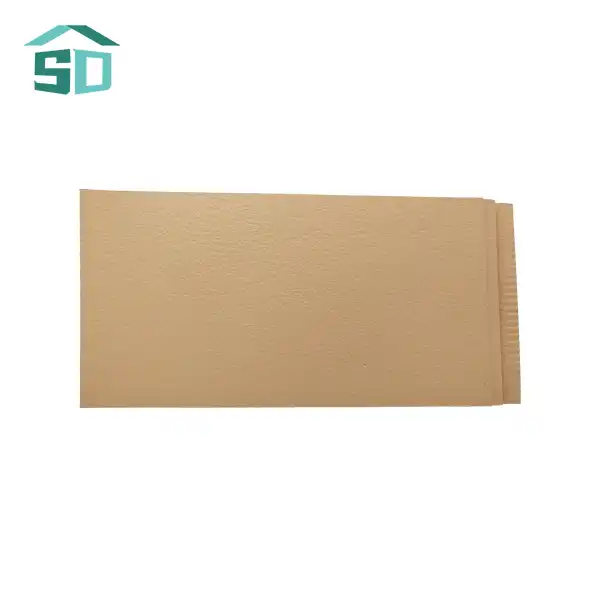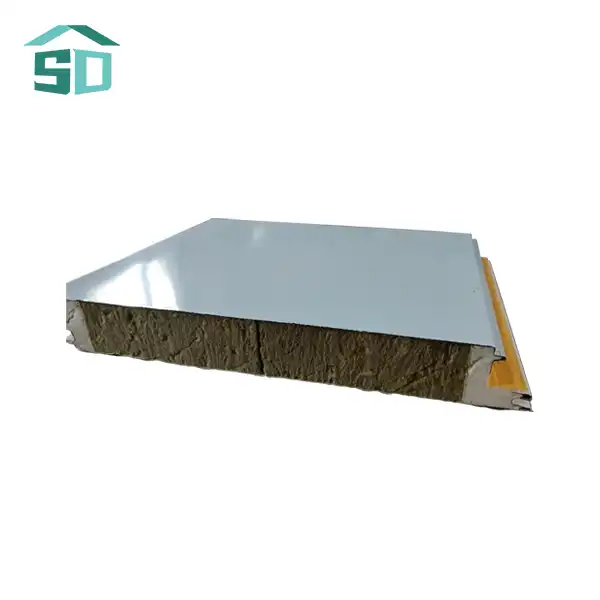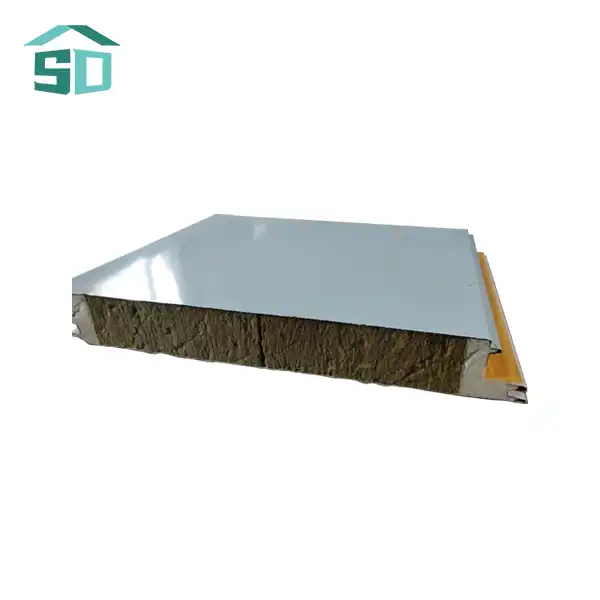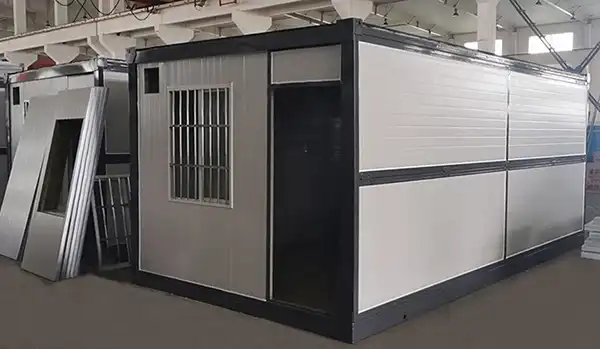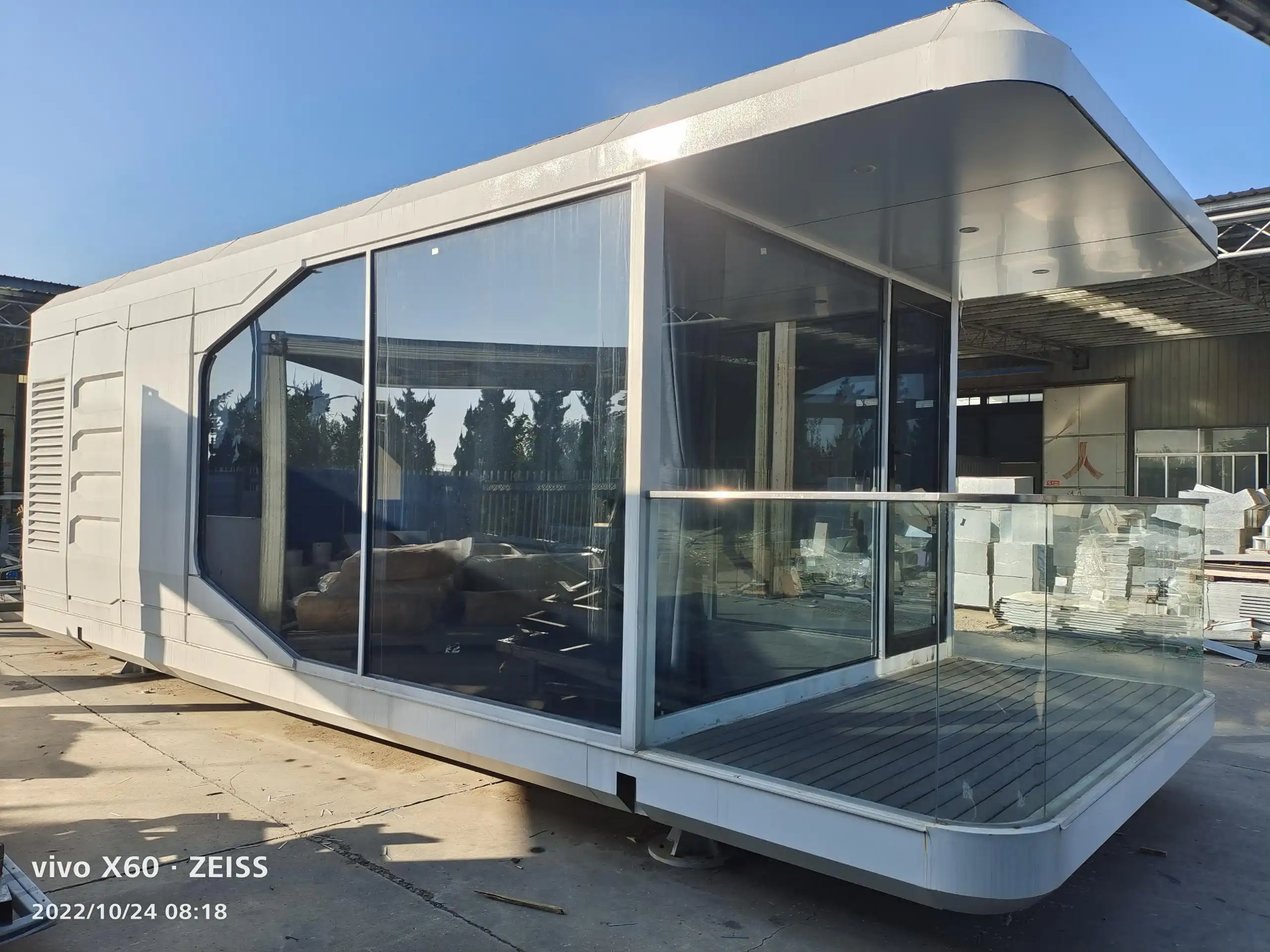- English
- French
- German
- Portuguese
- Spanish
- Russian
- Japanese
- Korean
- Arabic
- Greek
- German
- Turkish
- Italian
- Danish
- Romanian
- Indonesian
- Czech
- Afrikaans
- Swedish
- Polish
- Basque
- Catalan
- Esperanto
- Hindi
- Lao
- Albanian
- Amharic
- Armenian
- Azerbaijani
- Belarusian
- Bengali
- Bosnian
- Bulgarian
- Cebuano
- Chichewa
- Corsican
- Croatian
- Dutch
- Estonian
- Filipino
- Finnish
- Frisian
- Galician
- Georgian
- Gujarati
- Haitian
- Hausa
- Hawaiian
- Hebrew
- Hmong
- Hungarian
- Icelandic
- Igbo
- Javanese
- Kannada
- Kazakh
- Khmer
- Kurdish
- Kyrgyz
- Latin
- Latvian
- Lithuanian
- Luxembou..
- Macedonian
- Malagasy
- Malay
- Malayalam
- Maltese
- Maori
- Marathi
- Mongolian
- Burmese
- Nepali
- Norwegian
- Pashto
- Persian
- Punjabi
- Serbian
- Sesotho
- Sinhala
- Slovak
- Slovenian
- Somali
- Samoan
- Scots Gaelic
- Shona
- Sindhi
- Sundanese
- Swahili
- Tajik
- Tamil
- Telugu
- Thai
- Ukrainian
- Urdu
- Uzbek
- Vietnamese
- Welsh
- Xhosa
- Yiddish
- Yoruba
- Zulu
Creative Ways to Use Exterior Panels for Home Design
Exterior panels have become a game-changer in modern home design, offering a perfect blend of aesthetics and functionality. These versatile architectural elements not only enhance the visual appeal of your home but also provide excellent insulation and protection against the elements. In this article, we'll explore innovative and creative ways to incorporate exterior panels into your home design, transforming your living space into a stunning masterpiece.
Elevating Your Home's Façade with Exterior Panels
The façade of your home serves as its first impression, and using exterior panels offers endless opportunities to create a striking and unique look. One creative approach is to mix and match various panel materials, colors, and textures to achieve a visually dynamic exterior. For example, combining sleek, modern metal panels with warm, wood-textured ones can strike a perfect balance between contemporary elegance and natural warmth, giving your home a welcoming yet sophisticated appearance.
Another innovative technique involves incorporating geometric patterns into the façade using exterior panels. By arranging panels in varying shapes and sizes or installing them at different angles, you can create a bold, architectural statement. Geometric arrangements add movement and visual interest to the exterior, making your home stand out in any neighborhood. Whether it's a series of angular shapes or a more intricate pattern, the effect can be both modern and artistic.
If you prefer a more understated approach, consider using exterior panels to emphasize specific architectural features of your home. For example, contrasting panel colors or textures around windows and doors can create a striking visual frame, making these focal points stand out. Alternatively, you could use panels to accentuate the roofline or highlight other structural elements, such as columns or corners, to add depth and character to your façade without overwhelming the overall design.
Reimagining Interior Spaces with Exterior Panels
While typically reserved for exterior use, these versatile panels can be just as effective inside your home, offering both functional and aesthetic benefits. One innovative idea is to incorporate exterior panels as feature walls in living rooms or bedrooms. With their unique textures and finishes, these panels can bring added depth, warmth, and character to any interior, turning a simple wall into a striking focal point that captures attention.
In open-plan living spaces, exterior panels can also serve as an elegant way to define different areas without the need for traditional, solid walls. For instance, a partition made from semi-transparent or perforated panels can subtly separate the dining area from the living room, creating clear zones while preserving an open, airy atmosphere. This approach works particularly well in modern homes where fluidity and space are important, offering both privacy and openness in one design solution.
Another creative and often overlooked application is using exterior panels on ceilings. Paneled ceilings can add a sense of texture and visual interest, transforming an often-overlooked surface into a key design element. When combined with strategic lighting, this approach can make a room feel larger or more inviting, especially in spaces with higher ceilings. The play of shadows and light on the panels can also create a warm, ambient atmosphere that enhances the overall mood of the room.
By thinking beyond their traditional use, exterior panels offer a multitude of ways to elevate the interior of your home. Whether used to create striking feature walls, define spaces in an open-plan layout, or add unexpected dimension to ceilings, these panels can help transform your living spaces with style and sophistication.
Outdoor Living Spaces Enhanced by Exterior Panels
Exterior panels can play a crucial role in creating inviting outdoor living spaces. One innovative idea is to use these panels to construct a modern pergola or gazebo in your backyard. The durability and weather-resistant properties of exterior panels make them ideal for such structures, providing both shade and style. For those with a flair for the dramatic, consider using exterior panels to create an outdoor accent wall. This could serve as a stunning backdrop for a garden or patio area, adding a touch of sophistication to your outdoor space.
Exterior panels can also be used to construct stylish privacy screens or fences. By choosing panels with interesting textures or patterns, you can transform a functional barrier into a design feature in its own right. The possibilities for creative use of exterior panels in home design are virtually limitless. From enhancing your home's curb appeal to reimagining interior spaces and elevating outdoor living areas, these versatile architectural elements offer a world of design opportunities.
At Weifang Sandong Building Materials Co., Ltd., we're committed to manufacturing and distributing the world's finest cladding products, including a wide range of exterior panels. Our advanced production lines and rigorous quality control system ensure that each panel meets the highest standards of quality and performance.
Our exterior panels undergo comprehensive inspections for thickness, paint film thickness, mechanical strength, flame retardancy, and appearance. This meticulous attention to detail makes our panels suitable for a variety of construction projects, from residential complexes and offices to historic building renovations and municipal structures.
Conclusion
In conclusion, exterior panels represent a powerful tool in the modern designer's toolkit, offering a blend of form and function that can transform any home. By thinking outside the box and exploring creative applications, you can use these versatile elements to create a home that's truly unique and reflective of your personal style. If you're ready to explore the possibilities of exterior panels for your home design project, we invite you to reach out to us at info@sdqsc.com. Our team of experts is ready to help you bring your vision to life.
References
1. Brock, L., & Brown, J. (2020). Innovative Exterior Design: Trends and Technologies. Architectural Digest, 45(3), 78-85.
2. Chen, H., & Wang, Y. (2021). Sustainable Building Materials: A Comprehensive Review. Journal of Green Building, 16(2), 121-140.
3. Davis, M. (2019). The Art of Architectural Cladding. BuildingGreen, 28(4), 12-18.
4. Evans, R., & Smith, T. (2022). Energy Efficiency in Modern Home Design. Energy and Buildings, 254, 111563.
5. Johnson, K. (2021). Exterior Panels: A Guide to Selection and Installation. Professional Builder, 86(5), 32-39.


